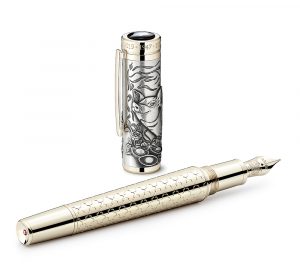LEGO has captured the imagination of millions since being first introduced in 1932. The company’s brick-based building system has brought forth countless unique creations over its many years and continues to do so each day. Celebrating the creativity of fans, the LEGO Ideas franchise has allowed LEGO builders to submit their own designs for consideration to be an official set. Now, the 53rd fan-created set idea to hit the market has been revealed — introducing the Polaroid OneStep SX-70 Camera.
Tapping into a nostalgic slice of photography, the iconic camera takes shape in LEGO brick form with 516 pieces joined by three LEGO Polaroid illustrations and a buildable Polaroid Time-Zero Land Film pack. Polaroid’s signature Color Spectrum lights up the build with functions included such as a working viewfinder and a shutter button that ejects the aforementioned illustrations. Additional details range from an exposure compensation dial to a new 8×10 tile.
For those interested in picking up the LEGO Ideas Polaroid OneStep SX-70 Camera set, it is set to launch on January 1 via LEGO and select retailers at a price of $80 USD. However, it can be secured now via pre-order on the LEGO site with a dispatch date of January 1.
LEGO Ideas
ach project moving through the Lego Ideas program starts the same way: a Lego designer tries to replicate the original fan creation in the real world to see what works and what doesn’t. In Lego’s Billund, Denmark, headquarters, designers walk through a room called the Brick Library that’s filled with veritable supermarket aisles of parts sorted by color and shape. They can take whatever they need.
Jordan David Scott, a creative lead in the Lego Ideas program, says that creating a true Lego set isn’t a straightforward series of steps. Though Marc’s Polaroid set was well built, every set must go through stringent quality control that inevitably leads to changes. To pass, even Lego’s seasoned designers head back to the drawing board to swap out parts again and again.
In addition to production, packing, packaging, and marketing, Lego has a host of teams that work directly with designers, including a function testing department, a safety department, an engineering department, and a textile department. There’s even a dedicated “building instructions” department and a “model quality” team, each of which sits with designers and watches them build. They make sure the build process stays fun, the instructions make sense, and the model stays stable enough that there’s little chance it breaks while you build it. “It’s like the final exam of the design process,” says Lego designer James May. (more on theverge)
More posts about LEGO















